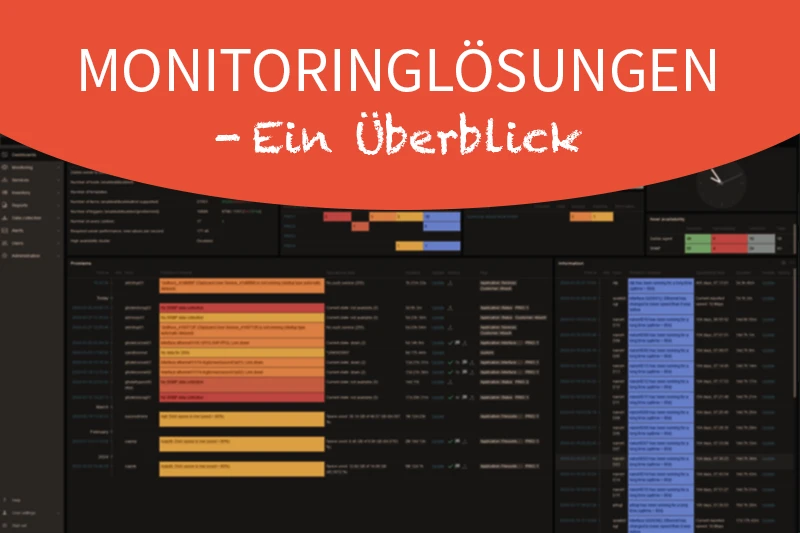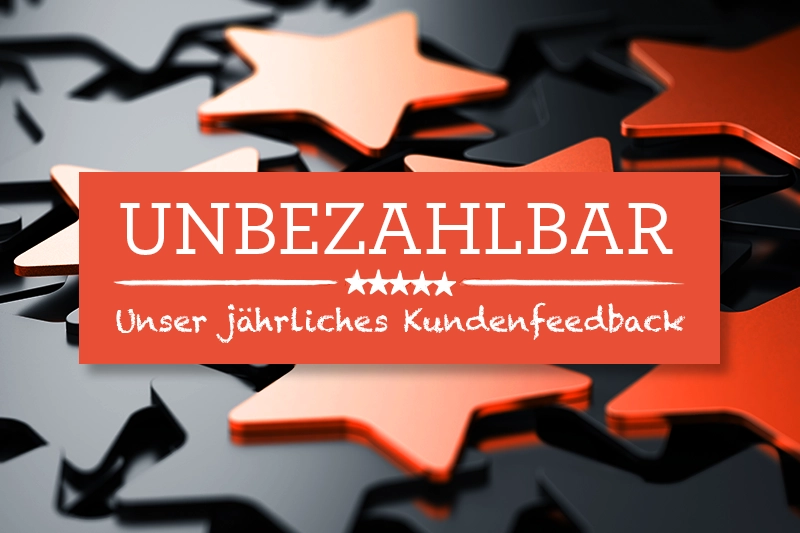Integrative QM systems are becoming increasingly indispensable for companies. The systems enable efficient implementation and compliance with ever-increasing and varying quality requirements. Correct implementation in all areas of the company not only improves product quality and company processes, but also customer satisfaction and profitability.
SAP enables the complete integration of QM to continuously improve company processes. The interfaces to areas such as purchasing, production and logistics are crucial in order to use QM as more than just a typewriter.
Difference in QM – SAP ECC and SAP S/4HANA
Due to the end of mainstream maintenance for the SAP ECC system in 2027, the introduction of SAP S/4HANA will be necessary in every company. Various challenges and requirements can be expected. The basic functions in the QM module, such as the creation of inspection plans and quality notifications, as well as the QM-triggering processes and follow-up processes in MM and IM, are largely unchanged compared to SAP ECC. Due to new challenges in business processes, the use of the SAP modules EWM and PP/DS and their interfaces as well as requirements for product traceability in the form of serialization or batches are often unavoidable. The resulting increased complexity in SAP S/4HANA leads to new challenges in QM, which have already been successfully implemented by Inwerken AG employees in customer projects.
Challenges and Implementation of QM im SAP S/4HANA
The variety of business processes increases significantly, by the additional use of EWM, handling units (HU), serialization and batch management in parallel to the processes established from SAP ECC in SAP S/4HANA. Furthermore, there are limitations in the QM-EWM integration, such as the automatic progression of a stowage scheme in the quality info record or in the handling of HUs or split HUs. For the end user, this often means a variety of end-to-end process scenarios that seem impossible to handle. The end user often confronts SAP IT with a lack of transparency.
The solution to these challenges lies not only in the necessary end user training, but also in a possible simplified approach to using SAP QM. Here, regardless of the end-to-end scenario, the aim is to provide the end user with a unified process with automated start and finish follow-up processes, as well as a manageable number of user interfaces.
A key focus is on the required test scenarios when introducing and supporting all possible business processes with highly integrative QM. Given their complexity, these are recommended to be carried out comprehensively in order to support the later scenarios in everyday business in every respect. This often presents the QM key users and the SAP project with additional unplanned testing effort. By integrating QM processes in procurement, production and logistics, it is also necessary to involve the related departments, key users and IT managers.
Essential for the partially automated and transparent scenario described is a particularly high quality of all master data and not just that of QM. This often presents companies with further challenges that need to be considered at the start of the project.
As part of the project, appropriate change management must be carried out in order to prepare the end user for the new challenges in the best possible way.
Conclussion
Nothing is impossible to optimally meet the increased demands on the market and the associated requirements in the company, including in the area of QM processes. The Inwerken team provides comprehensive support for the successful implementation of integrative QM processes, starting with the master data through to change management, end user training and hypercare support.
In addition to the special challenges that QM brings with it in combination with EWM, an outlook on possible solution concepts/approaches will also be discussed, in future blog posts.






